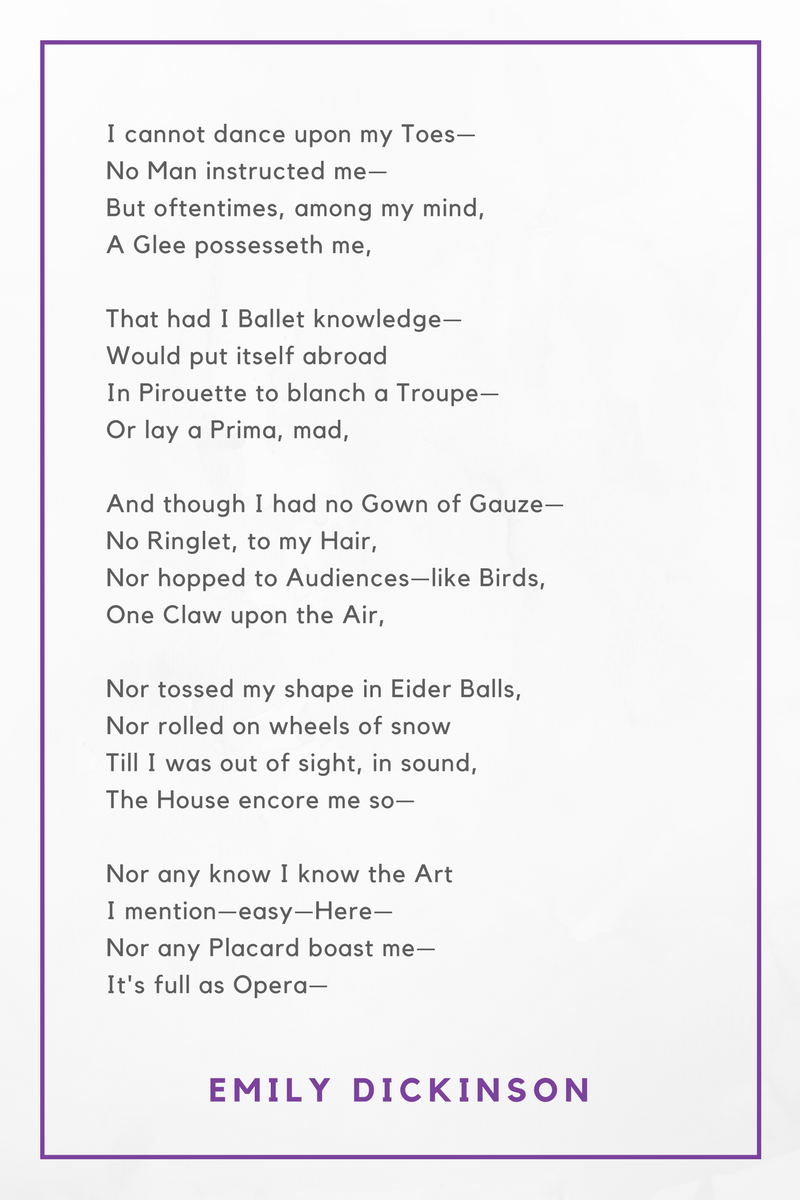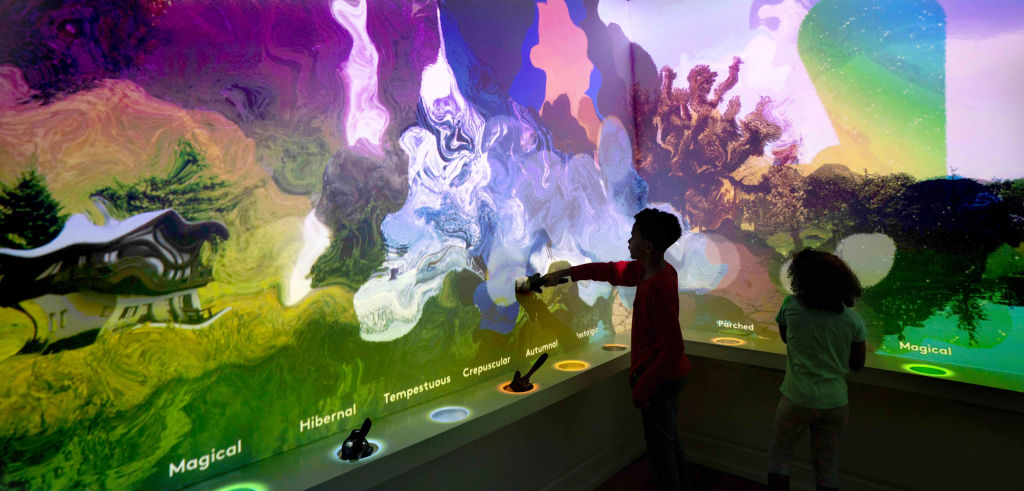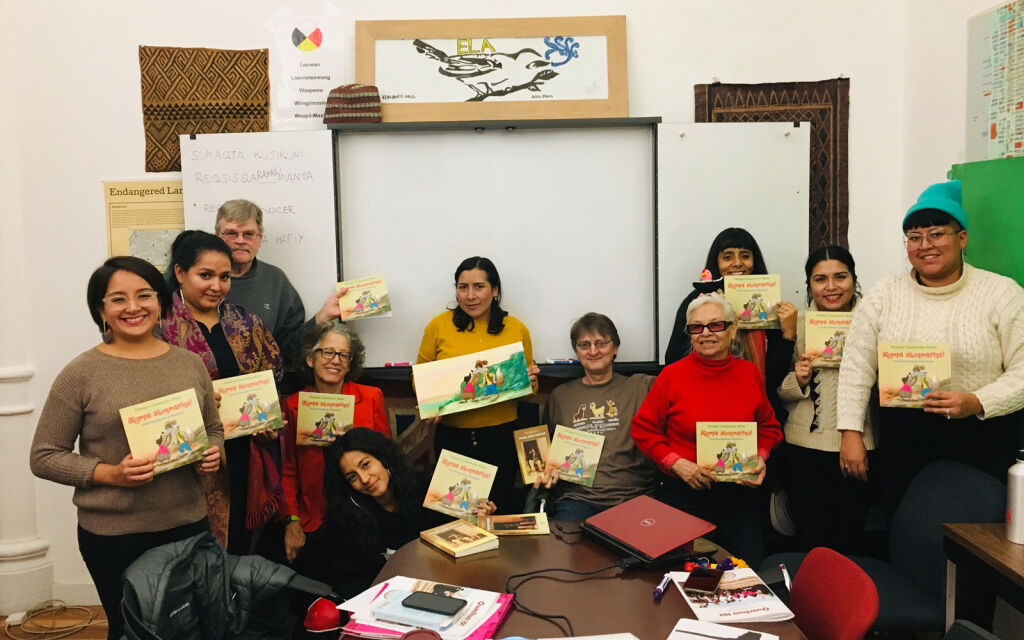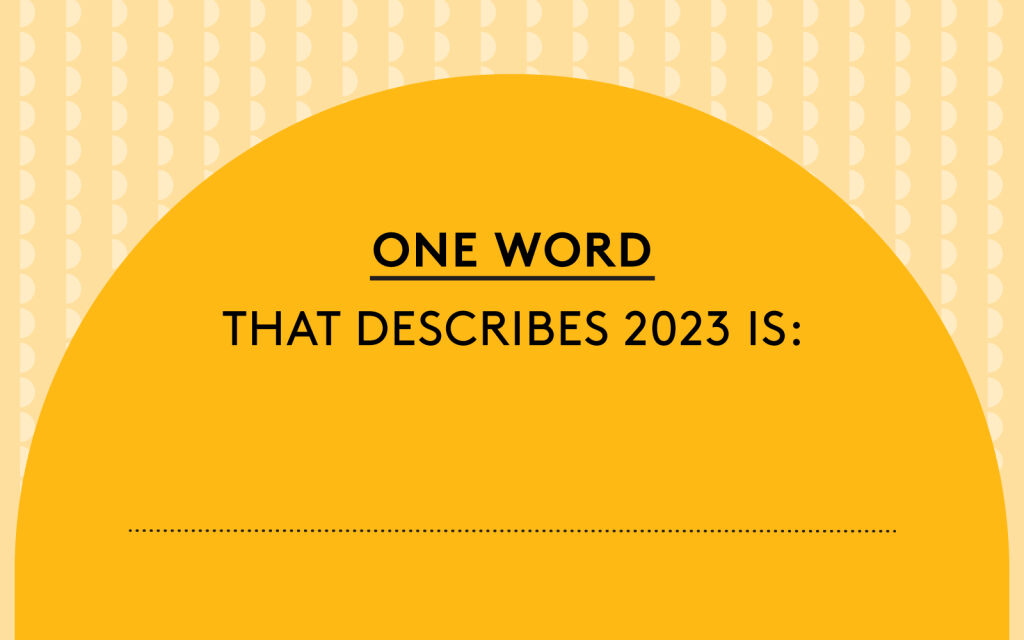Poetry in America: Q&A with Lisa New
Poetry can both enrapture and alienate. Those with a love of language and poetic theory may revel in the complexities of a sonnet or villanelle, while others may feel like poets live in a completely different, inaccessible world. The Poetry in America initiative hopes to change that, using multimedia content and online courses to bring poetry into classrooms and living rooms worldwide. Poetry in America’s creator and director, Harvard professor and Planet Word advisor Lisa New, discusses the unique appeal of poetry and her attempts to create a more accessible conversation about the art form.
Q: Why poetry? What is it about the form that makes it so important for you to teach and share?
A: I’ve been teaching American literature my whole career, but I’ve always loved teaching poetry more than anything because teaching poetry can be the most rewarding collective experience. Reading a poem by myself, in a book, on the page, is usually just preparation for the real experience of a poem, which is talking about it with other people.
I’ve always really loved the process of experiencing the poem with other people. When we use our language in talking about a poem, our language is elevated, too. We can feel our speech being refined and sharpened. I think people love discovering little corners of their own linguistic ability in the process of talking about another piece of language.
Right now I’m doing this TV series, and each installment is another amazing opportunity to think, “What should this look like? What should this sound like? How can you really match all of the media to the poem in a way that will help people who are not accustomed to thinking about poetic language? How can we bring it to life for them?”
Q: I would love to learn more about this television series. Can you talk a little bit about how you selected the poems and the contributors?
A: Each episode of Poetry in America focuses on one poem. In each one, I interview at least one living poet — usually a very distinguished living poet — and one celebrity of one kind or another. So there are at least two primary figures appearing in each episode.
I’ve been working recently on an Emily Dickinson episode with Cynthia Nixon, who just played Emily Dickinson in a beautiful film by Terence Davies. She’s an extraordinary actress, and she’s really smart. And then Yo Yo Ma, and then the very wonderful poet Marie Howe. So this episode features two performing artists and a poet.

I chose a poem by Dickinson that most people — even people who know Dickinson’s work well — wouldn’t be likely to know. I chose it because its visual possibilities were so exciting. It’s a poem about the art of poetry, but it uses the language of ballet and of opera. It’s a poem that’s about what it’s like to be an artist and asks questions about how important it is to actually perform before an audience or publish for an audience — which Emily Dickinson never did. In that case, I picked the poem because I thought, “Let’s do Emily Dickinson, who’s a very visual poet, let’s do a Dickinson that’s going to really show off the incredible visual beauty of her language, but also her humor.” It’s a very funny poem, too. And a very serious one. And I thought that these viewers would all love it and would be unfamiliar with it and wouldn’t come with any preconceived notions about it. This episode is making itself; the imagery is so beautiful, and the talents are so splendid.
With President Clinton, whom I asked to be in another episode, he said, “OK, I’ll [be in the] film, but I pick the poem.” I said, “OK, sure! You’re the President; you can pick the poem.” And he picked Langston Hughes’s poem “Harlem.”
You probably know this poem even if you don’t immediately recognize it from the title. It’s the one that goes, “What happens to a dream deferred? / Does it dry up / like a raisin in the sun? / Or fester like a sore— / and then run?”
I happened then to notice that Herbie Hancock was at Harvard in the same season that I was filming President Clinton, so I asked Herbie Hancock if he would also read it with me, which he did. And he also composed music for it. And then I invited a wonderful poet, Sonia Sanchez — a Black Arts poet, an older poet — to come to Harlem to film with us. So each episode gets its lineup in a different way.
The thrilling thing for me is that, for most people who participate — not only in my TV series, but also in a lot of the filming I do for my online courses — most people are not experts and are often not people who read poetry at all. So for me, the power usually comes from the fact that you can genuinely see that these people are having fun sitting there, thinking about a poem.
“I’m really thinking about how we can get this material across to anybody. Not people who think they’re already interested, not people who’ve always loved English: anybody.”
We’re doing an episode on a poem about basketball, and Shaquille O’Neal is in it, and Shaquille O’Neal is really into it. And he just gets it, you know? So that’s important for a teacher of poetry.
I’m really thinking about how we can get this material across to anybody. Not people who think they’re already interested, not people who’ve always loved English: anybody. How do you do that? That’s a fun challenge. And it’s Planet Word’s challenge, too!
Q: Some of your videos have explored the intersection of music and poetry — with Nas exploring rap and Pilar Fitzgerald the blues. How do you see rap and music tying into poetry — especially in light of Bob Dylan’s recent Nobel Prize win?
A: Well, Bob Dylan is an extraordinary poet, and so is Nas. And just what a great poet is, is a good question. For me, it’s somebody who develops a style, a verbal style, all their own. They’ve figured out a set of ways to communicate things they care about in language, in words that are really arresting. With Nas and Bob Dylan, it’s about storytelling.
Hip-hop is so dependent on wordplay, on metaphor, and also on rhyme. Rhyme has been dead in poetry for a century, ever since the modernists. Hip-hop — and especially artists like Nas — brought it back. But Nas is also telling a story of his times and of his people. And that’s what Bob Dylan does, too. He tells the story of his times. And they both have very very distinctive linguistic styles that they’ve developed.
What Pilar Fitzgerald helped us do with the blues is slightly different. In the work of Langston Hughes, and in the Harlem Renaissance, there’s a special cultural significance to the figure of the performer. Who is the performer? That person performs a sort of cultural work. In a society, say, where you don’t have civil rights, you don’t have representatives in your government, you’re not a full citizen — in such a society, the figure of the artist becomes the spokesperson for a whole culture. And the art forms that those artists use, like the blues, become vehicles for expressing what’s going on in the whole culture. So what you get from Pilar — as I recall she’s doing the “Empty Bed Blues” with lots of double entendre — she’s standing herself for this powerful figure of the performer and also explaining a language that has to be double and coded and that manages to take struggle and universalize it. So I think of music and of popular music as entirely compatible with the work of poetry.
Lisa New is the Powell M. Cabot Professor of American Literature at Harvard University and the founder of the Poetry in America initiative. She has published several books, including How to Read American Poetry and New England Beyond Criticism: In Defense of America’s First Literature.
Her next online course with HarvardX, Poetry in America for Teachers: The City from Whitman to Hip Hop, will take place during the Spring 2018 semester. See the Poetry in America website for more details on what the course will cover and how to register.



